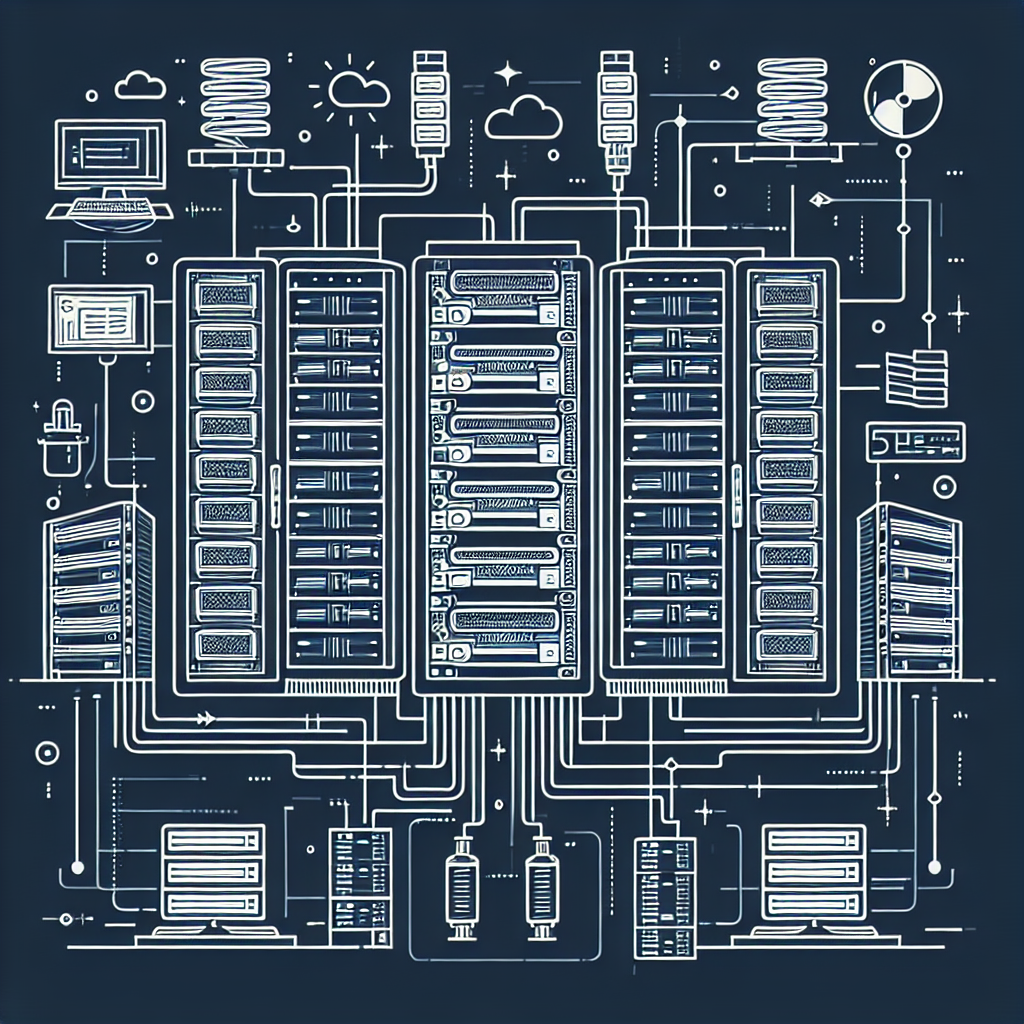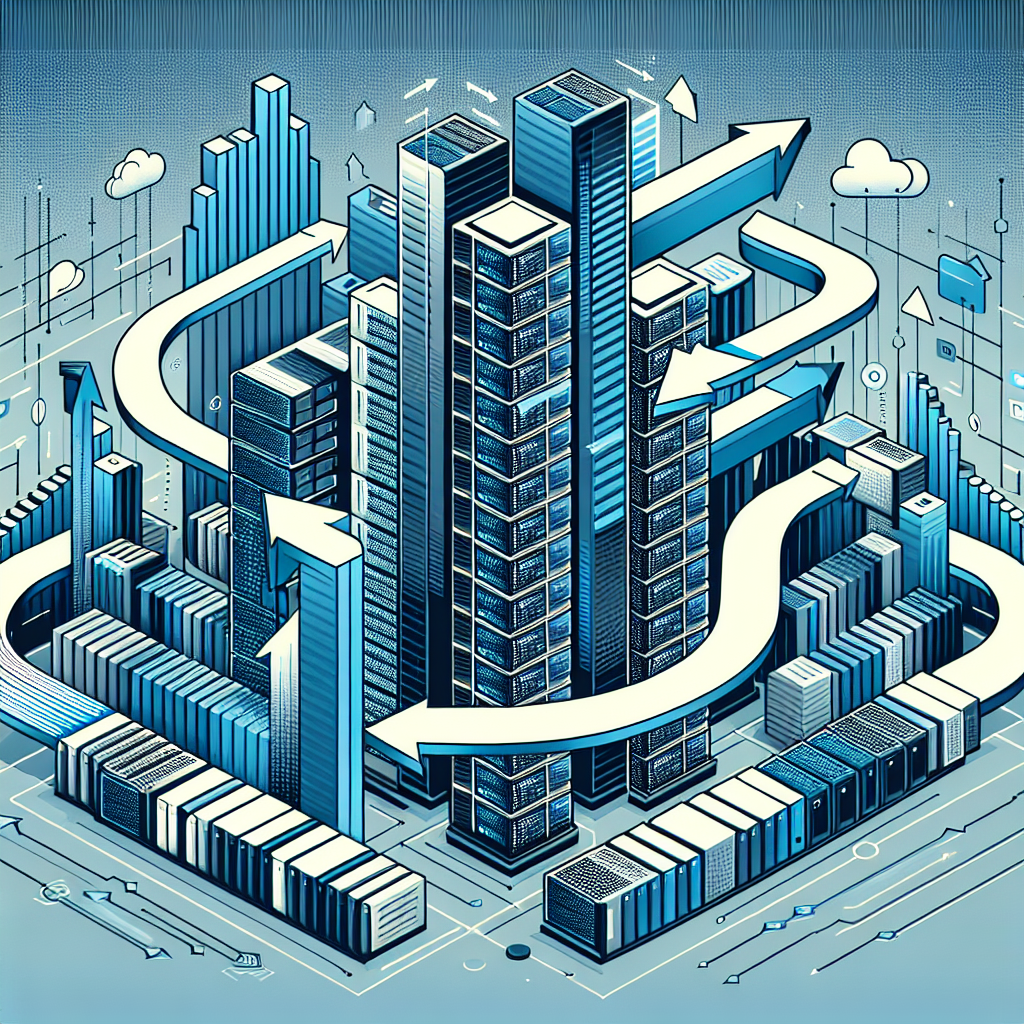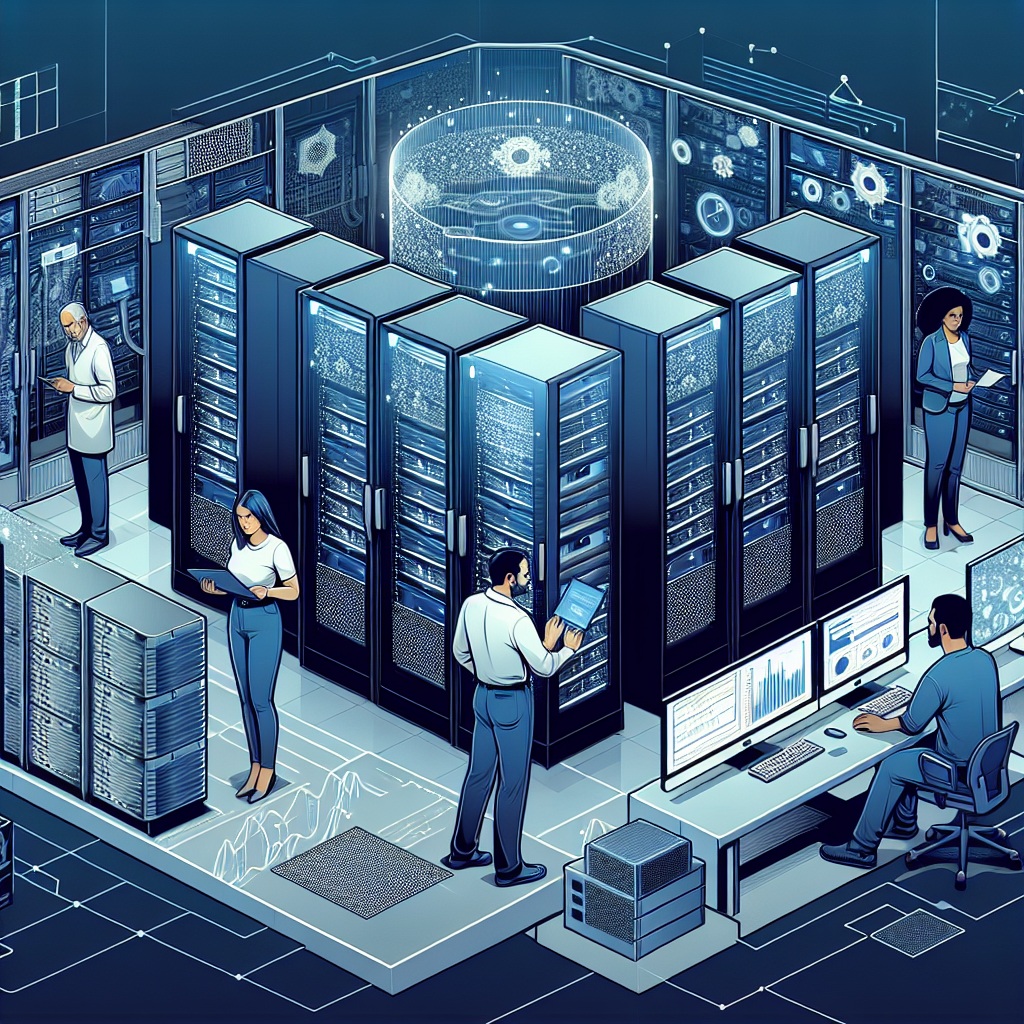In today’s rapidly evolving digital landscape, data centers are at the core of every organization’s operations. As businesses continue to generate and store vast amounts of data, the demand for reliable and scalable electrical systems in data centers has never been higher. To ensure that data centers can meet the growing needs of the future, it is essential to future-proof their electrical systems for scalability and growth.
One of the key considerations when designing a data center electrical system for scalability is to ensure that it can handle increased power loads as the data center expands. This includes selecting electrical components such as transformers, switchgear, and circuit breakers that have the capacity to support higher power densities. Additionally, it is important to design the electrical system with redundancy in mind to ensure that there are backup systems in place in case of a power failure.
Another important factor to consider when future-proofing a data center’s electrical system is to ensure that it is designed for flexibility. This means designing the electrical system in a modular fashion so that components can be easily added or removed as needed. This allows for easy upgrades and modifications to the electrical system without disrupting operations.
In addition to scalability and flexibility, data center operators must also consider the energy efficiency of their electrical systems. With the increasing focus on sustainability and reducing carbon footprints, it is important to design electrical systems that are energy-efficient and environmentally friendly. This can include the use of energy-efficient lighting, cooling systems, and power distribution units.
Furthermore, data center operators should also consider the integration of renewable energy sources into their electrical systems to further reduce their carbon footprint. This can include the installation of solar panels or wind turbines to generate clean, renewable power for the data center.
In conclusion, future-proofing data center electrical systems for scalability and growth is essential for ensuring the long-term success of a data center. By designing electrical systems that are scalable, flexible, energy-efficient, and environmentally friendly, data center operators can ensure that their facilities can meet the growing demands of the future while also reducing their environmental impact. By investing in the right electrical infrastructure today, data center operators can ensure that their facilities are well-equipped to handle the challenges of tomorrow.










